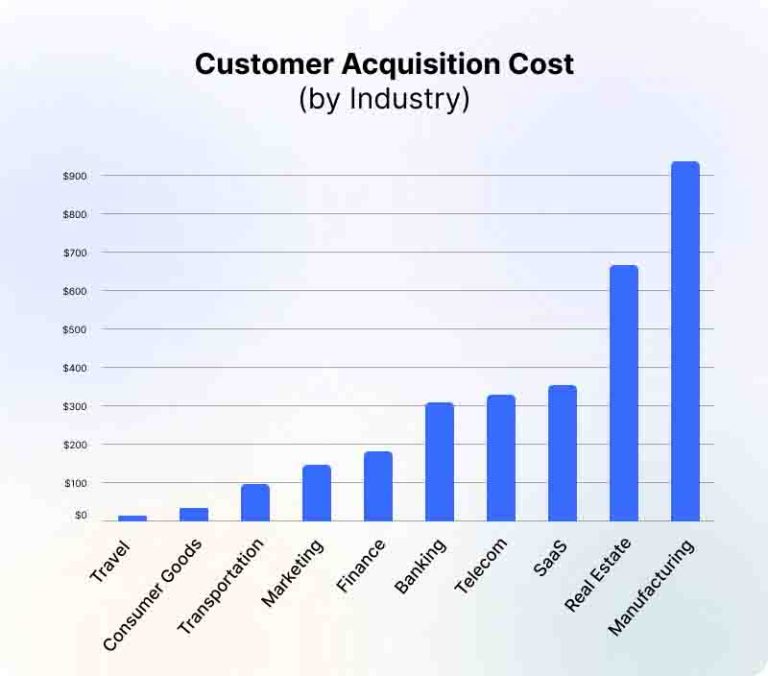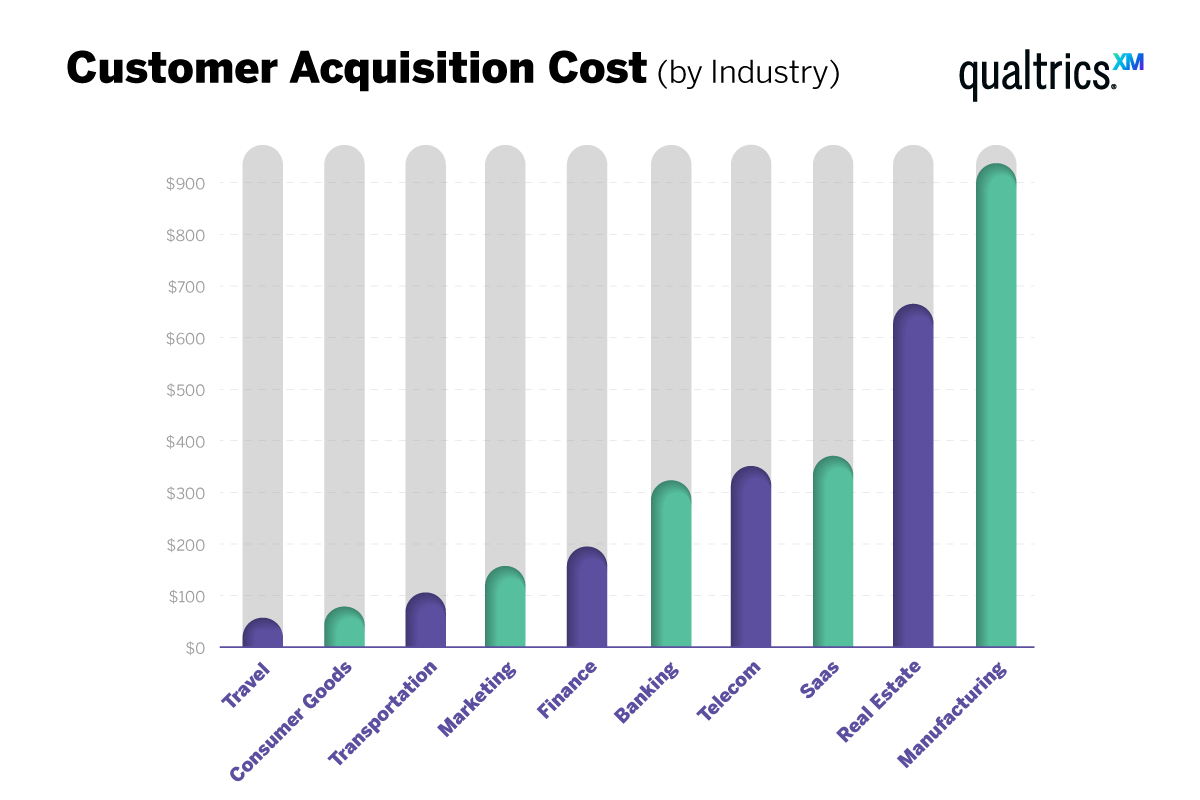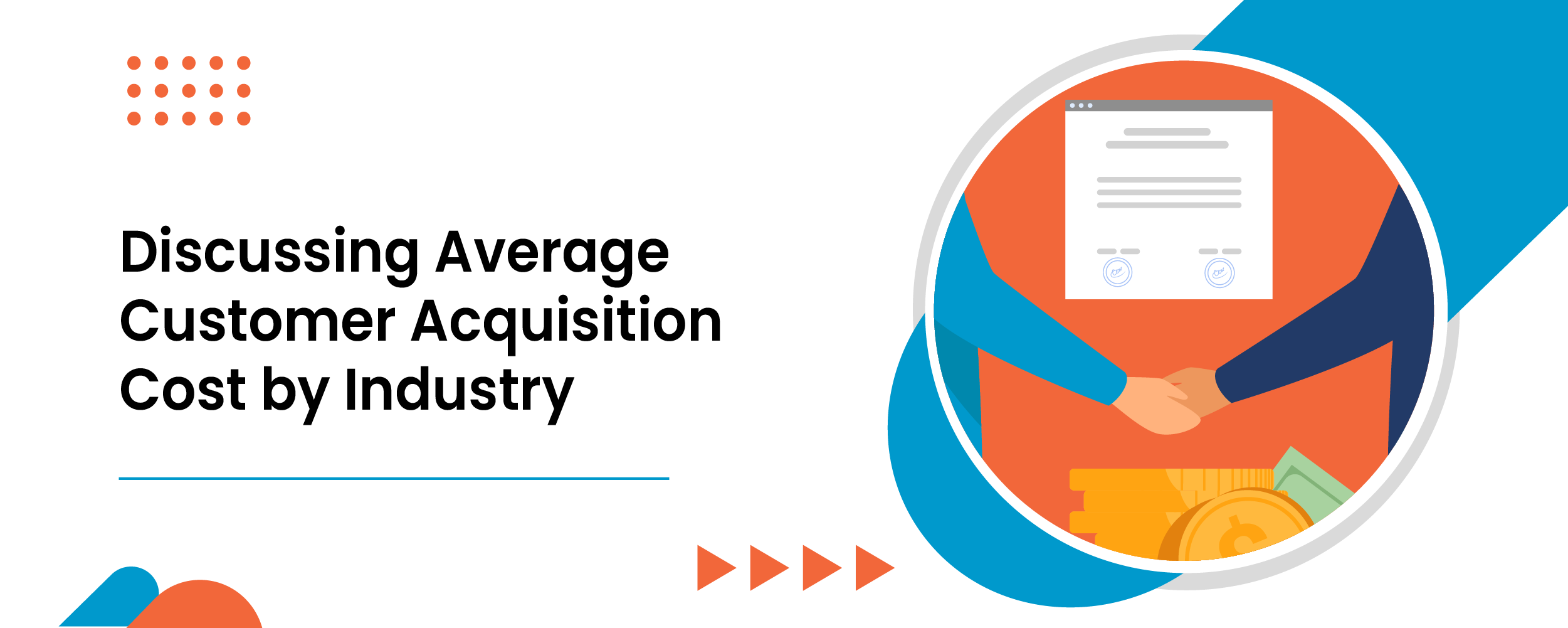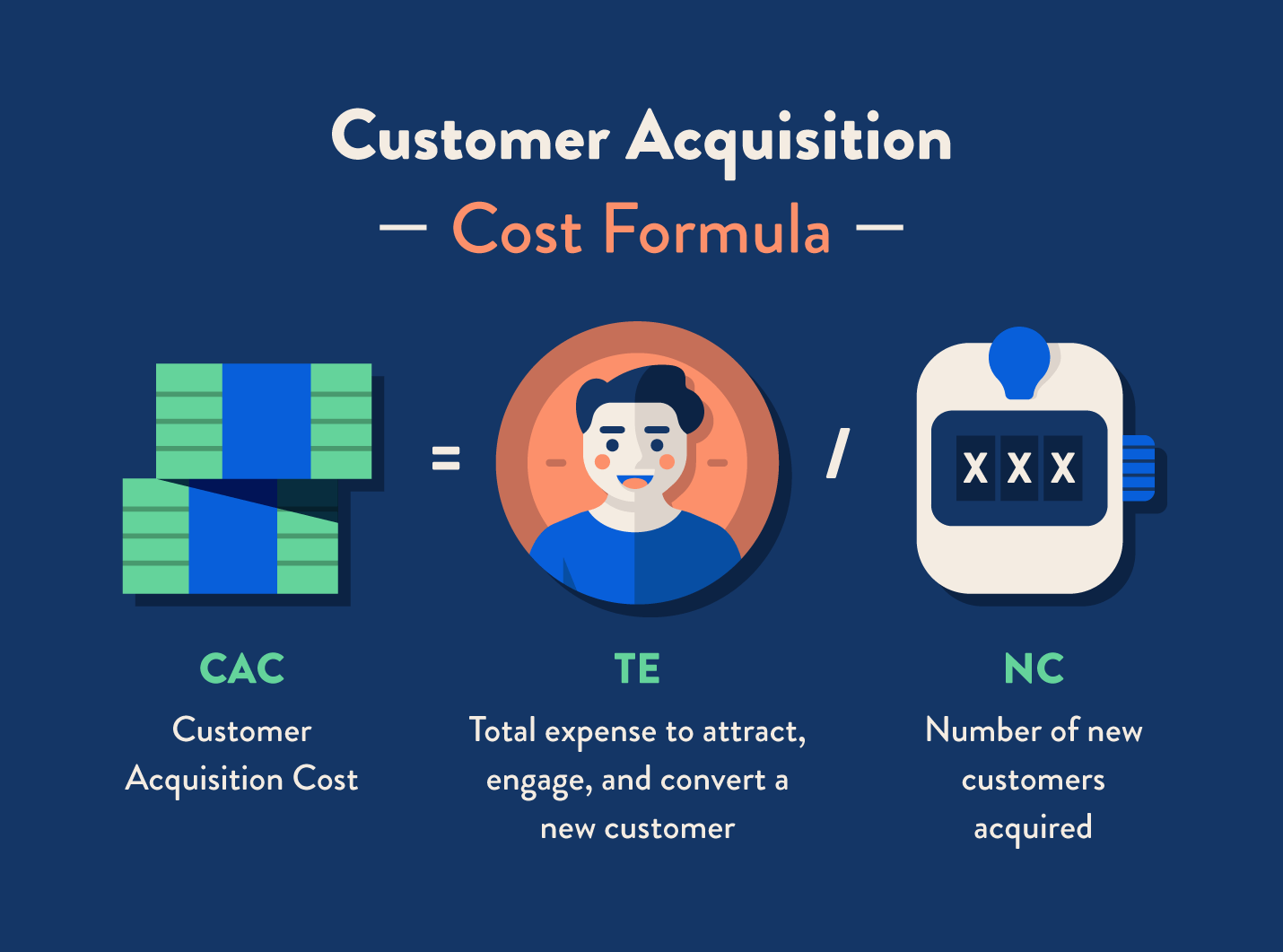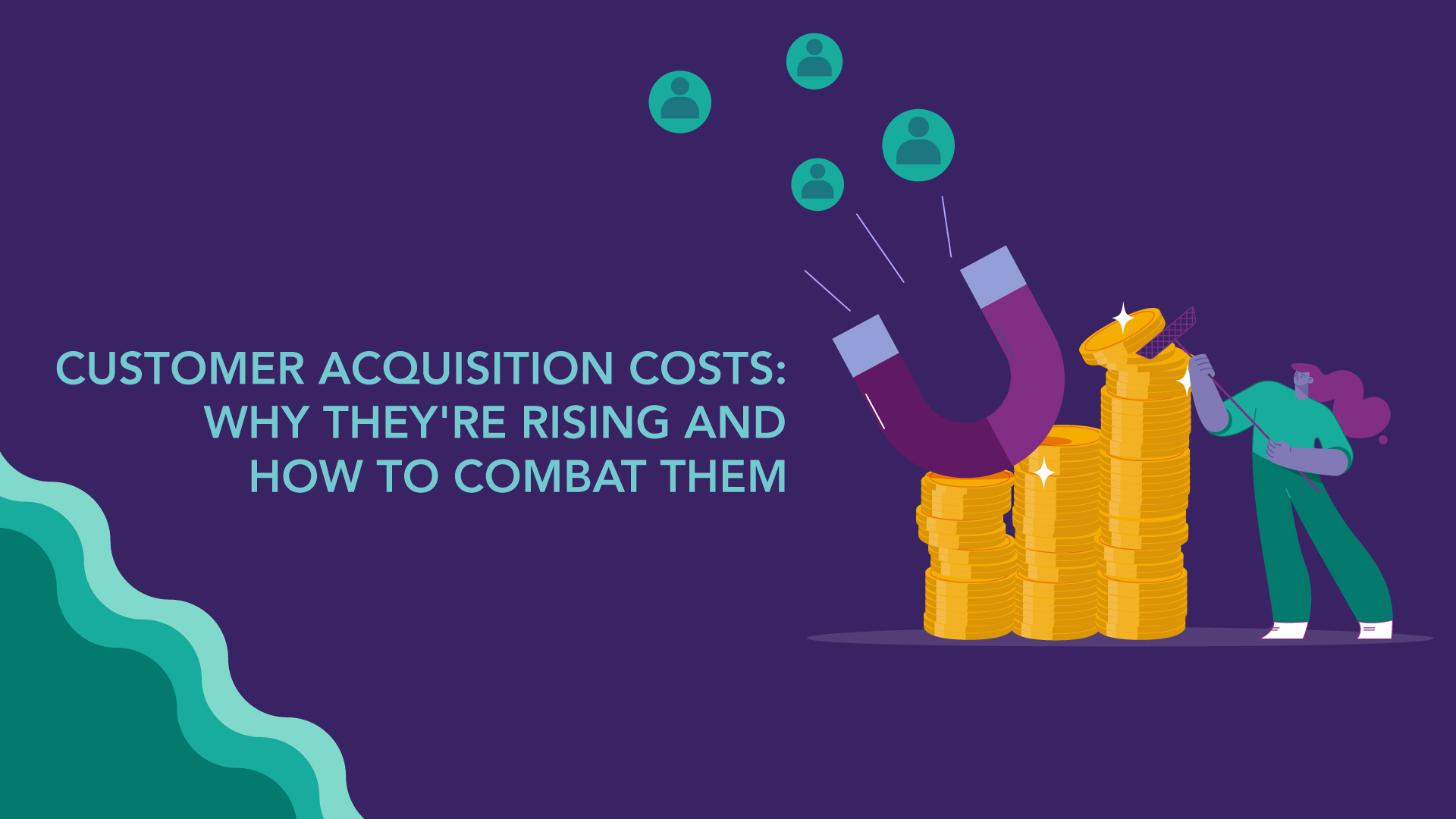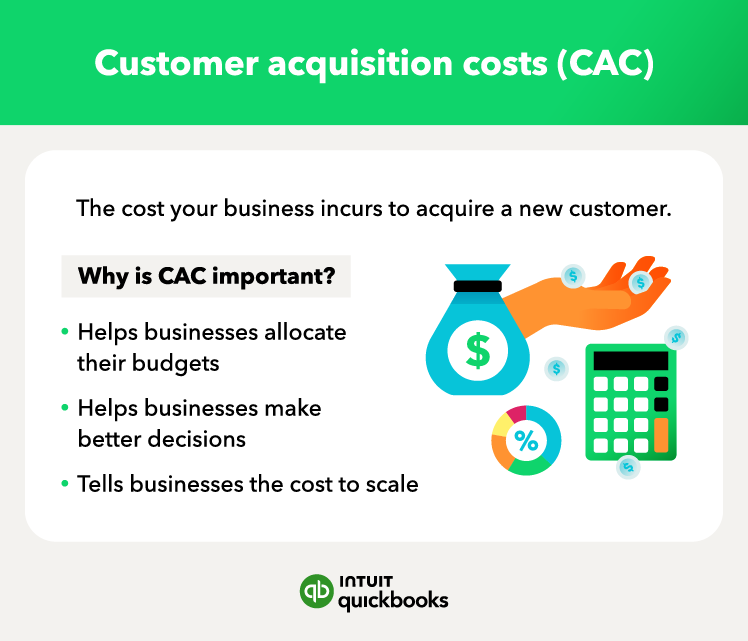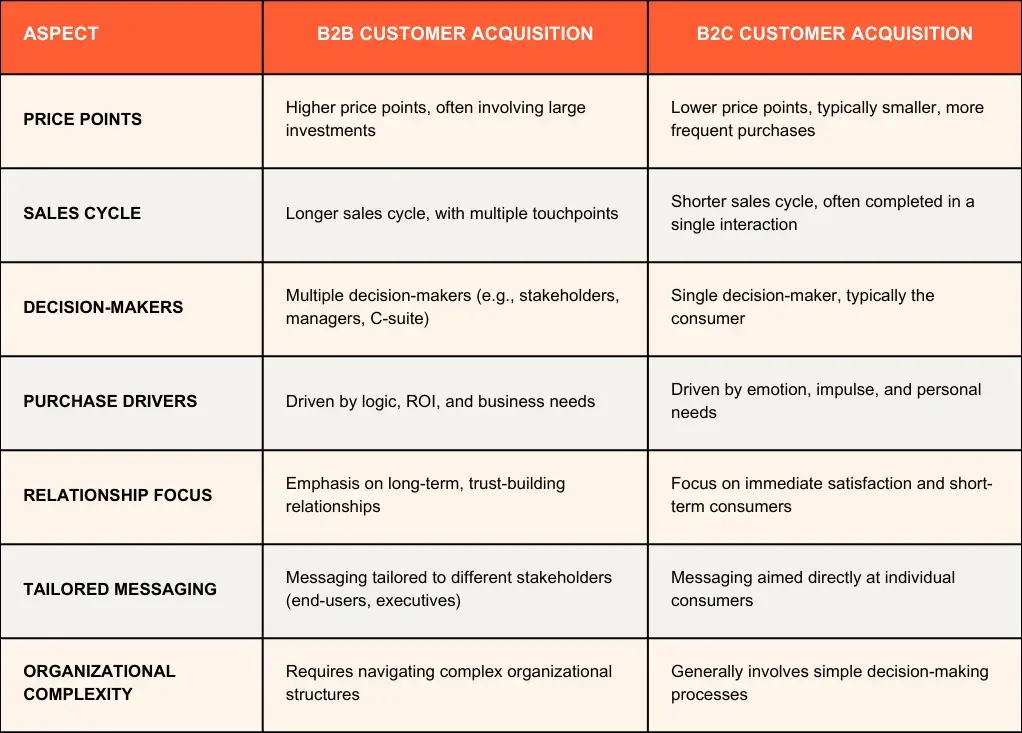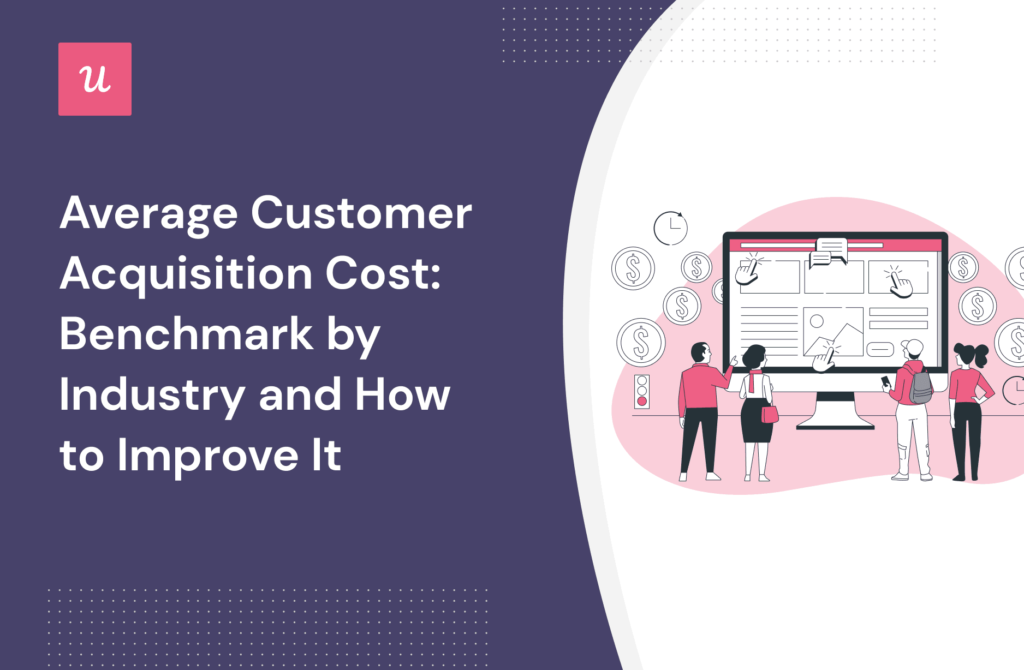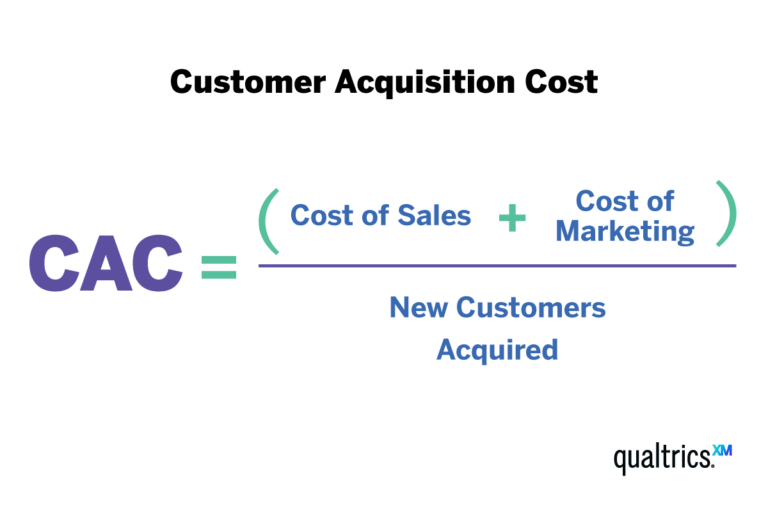Customer Acquisition Cost By Industry B2c

In the cutthroat world of business, understanding how much it costs to acquire a new customer is crucial for survival. This metric, known as Customer Acquisition Cost (CAC), varies significantly across industries, especially in the Business-to-Consumer (B2C) sector. Analyzing these variations provides valuable insights for businesses to optimize their marketing strategies and improve profitability.
The Customer Acquisition Cost (CAC) is the total cost of sales and marketing efforts required to acquire a new customer. It's a vital metric for evaluating the efficiency and effectiveness of marketing campaigns.B2C landscape, characterized by high volumes of customers and diverse marketing channels, presents unique challenges and opportunities for managing CAC.
Decoding CAC Across B2C Industries
CAC isn't a one-size-fits-all metric. It's influenced by various factors, including industry competition, brand recognition, marketing channel effectiveness, and customer lifetime value. Let's examine CAC trends in several prominent B2C industries.
E-commerce
The e-commerce industry faces intense competition, driving up advertising costs. Acquisition strategies often involve paid search advertising, social media marketing, and email campaigns. According to a recent report by Statista, the average CAC for e-commerce businesses ranges from $25 to $200, depending on product category and target market.
Brand awareness plays a significant role. Established brands often have lower CACs due to existing customer loyalty and organic traffic. New entrants, on the other hand, may need to invest heavily in marketing to gain visibility.
Fashion and Apparel
The fashion industry is highly visual and trend-driven, requiring significant investment in creative content and influencer marketing. Social media platforms like Instagram and TikTok are key channels. CAC in this sector can range from $15 to $50, but can surge higher during peak seasons or promotional periods, according to a study by Klaviyo.
Customer retention is particularly important in the fashion industry. Encouraging repeat purchases through loyalty programs and personalized recommendations can reduce the reliance on expensive acquisition strategies.
Software as a Service (SaaS)
While often associated with B2B, many SaaS companies target consumers with subscription-based software. CAC for B2C SaaS businesses can vary widely depending on the software's complexity and target audience. Typically, CAC could be between $50-$300, cited by HubSpot, emphasizing the need for free trials and strong onboarding processes.
Freemium models are common in B2C SaaS, allowing users to try a basic version of the software for free. This helps to reduce upfront acquisition costs and attract a larger user base. Converting free users to paying subscribers is a key focus.
Food and Beverage
The food and beverage industry faces unique challenges in acquiring customers. Marketing campaigns often focus on sensory appeal and brand experience. CAC can be relatively low, ranging from $5 to $20, as reported by Modern Restaurant Management, but depends heavily on location and customer loyalty.
Local marketing and promotions are particularly effective in this industry. Restaurant owners often use social media to engage with local customers and offer deals.
Subscription Boxes
The subscription box industry has exploded in popularity in recent years. CAC in this sector can be significant, ranging from $30 to $100, based on information provided by Subbly, due to the need to attract new subscribers regularly. Churn rate is a major concern for subscription box companies.
Referral programs and partnerships are effective strategies for reducing CAC in this industry. Providing exclusive value and experiences to subscribers can also improve retention.
Strategies for Optimizing CAC
Regardless of the industry, businesses should actively work to optimize their CAC. Several strategies can help lower acquisition costs and improve profitability.
Improving Conversion Rates: Analyzing website and landing page performance to identify areas for improvement is crucial. A/B testing different elements can significantly increase conversion rates.
Refining Targeting: Focusing marketing efforts on the most relevant audiences ensures that resources are used efficiently. Data analysis and customer segmentation are essential for accurate targeting.
Leveraging Organic Channels: Investing in SEO, content marketing, and social media engagement can drive organic traffic and reduce reliance on paid advertising. Building a strong brand reputation is key.
Enhancing Customer Lifetime Value (CLTV): Increasing CLTV makes it worthwhile to invest more in acquisition. Strategies include improving customer service, offering personalized experiences, and developing loyalty programs.
The Human Element
Behind every CAC metric is a real person. Sarah Johnson, owner of a small online boutique selling handmade jewelry, shared her experience.
"In the beginning, I was throwing money at ads with little to no return," Johnson says. "By focusing on building relationships with my customers through personalized emails and social media engagement, I’ve managed to significantly reduce my CAC and create a loyal customer base."
Conclusion
Understanding and managing Customer Acquisition Cost is crucial for B2C businesses across all industries. By analyzing industry benchmarks, implementing effective optimization strategies, and focusing on building strong customer relationships, businesses can achieve sustainable growth and profitability. Continuously monitoring and adapting to changing market conditions is also essential for success.



